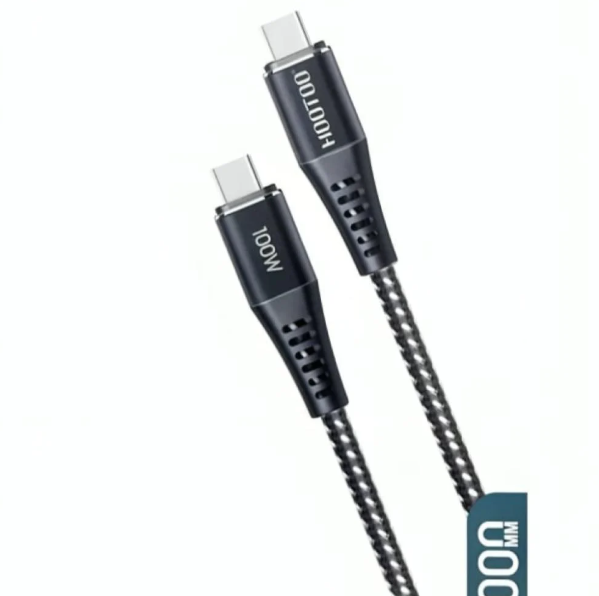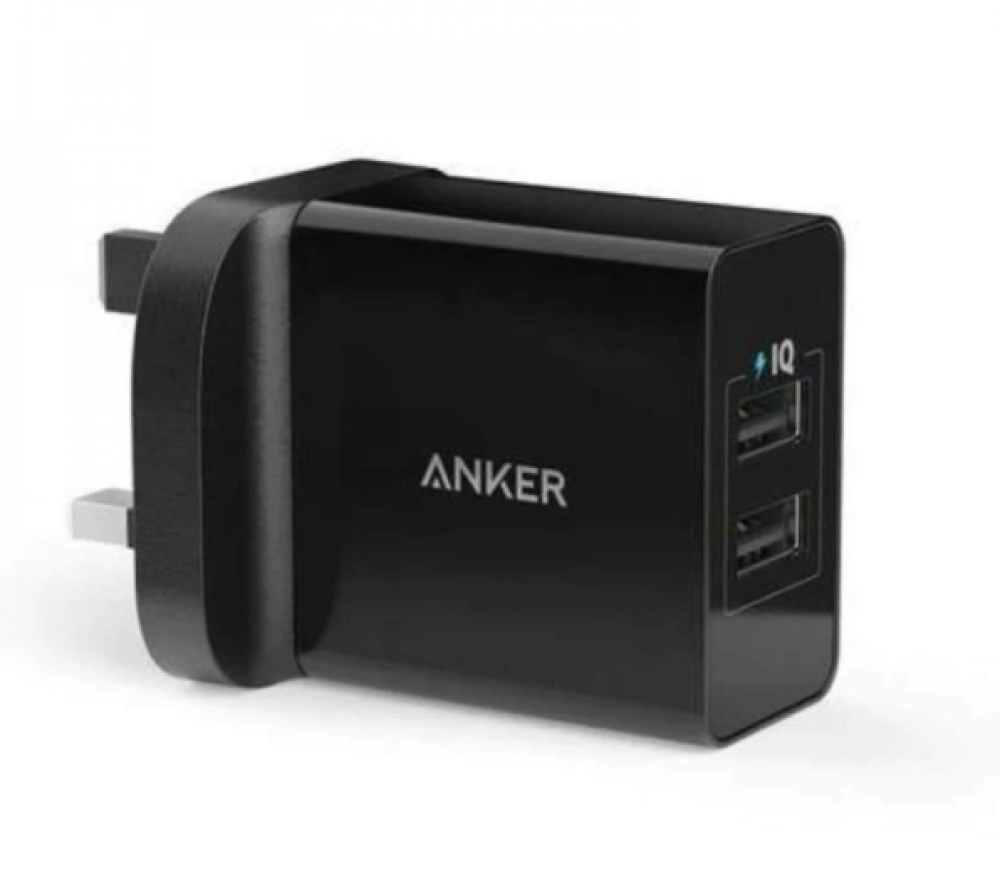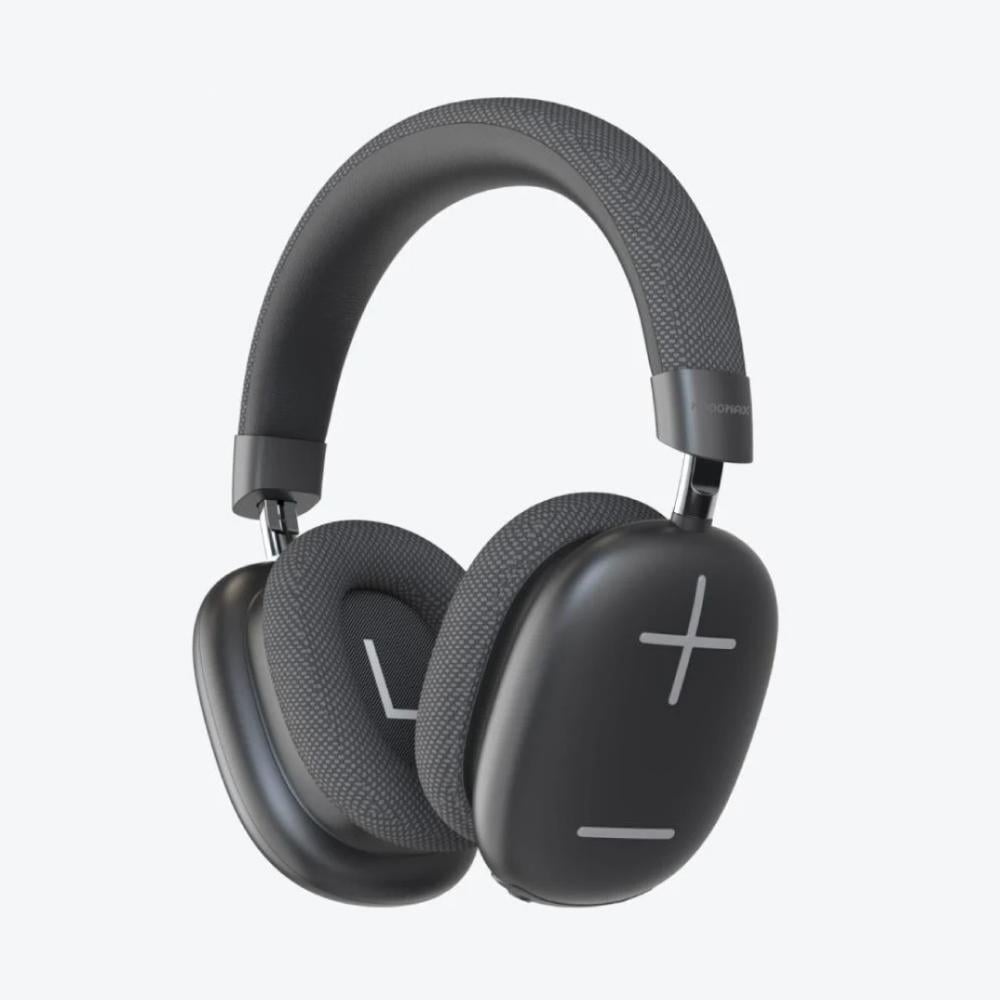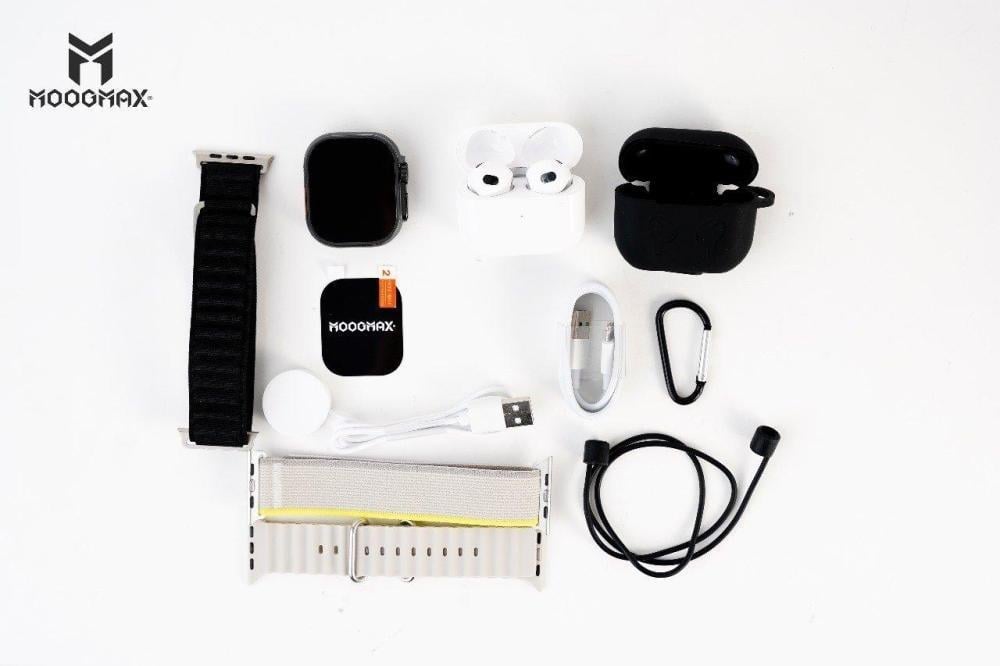The difference between a Type-C and a regular charger and which one is best for your needs

With the rapid development of the world of technology, choosing the right charger for our phones and smart devices has become important to ensure efficiency and safety. Among the different types of chargers, the Type-C charger stands out as one of the latest innovations compared to traditional chargers. The Type-C charger is characterized by its modern design and advanced capabilities, making it the preferred choice for many, but what is the difference between a Type-C charger and a regular one? In this article, we review the most prominent differences and advantages of each type.

What is a Type C charger?
USB-C is a new technology in the world of electronic device connectors and chargers, and is considered a new standard for data and power transfer. The Type-C connector features a reversible design, which means it can be connected in any direction, unlike traditional connectors such as USB-A. This technology emerged to meet the needs of advanced devices in terms of performance and efficiency.
One of the most notable features of the Type-C charger is its data transfer speed, as it supports speeds of up to 10 Gbps in some versions, making it ideal for transferring large files in a short time. In addition, the charger supports fast charging, allowing smartphones and other devices to be charged much faster than traditional chargers. Its small and convenient design is also an added advantage, as it is easy to carry and use in various conditions.
The Type-C charger supports a wide range of modern devices, including smartphones such as Samsung Galaxy and Huawei devices and iPhones (via Lightning-to-Type-C cable). In addition, it is used in laptops such as the MacBook and Dell XPS, tablets such as the iPad Pro, and even some modern monitors and cameras. Thanks to its wide compatibility, the Type-C charger has become a global standard for modern technology, and is expected to completely replace traditional chargers in the near future.
What is a regular charger?
A regular, or traditional, charger usually refers to chargers that rely on USB-A or Micro-USB ports, which have been the standard for charging electronic devices and transferring data for many years.
This type of charger has a simple and familiar design, as it comes with a rectangular port (USB-A) on one end of the cable, while the other end varies depending on the device, such as Micro-USB or Lightning.
Traditional chargers work by connecting the power source to the device via a cable, where the charger converts electrical energy into direct current that suits the needs of the device. Despite the emergence of more modern technologies, traditional chargers are considered sufficient to meet the needs of devices that do not require high power. One of their most prominent features is their ease of availability, as they can be found easily anywhere, and their low cost compared to modern chargers.
Traditional chargers are widely used with a variety of devices, including older smartphones like Samsung Galaxy and Huawei that were produced before USB-C was adopted, as well as digital cameras, Bluetooth headsets, some tablets, and even game consoles.
Although they are less fast and efficient than modern chargers, traditional chargers are still used in many low-cost devices or those that have not yet upgraded to more advanced ports, making them an essential part of the charger market even today.
Comparison between Type C and regular charger
Choosing the type of charger is important, and it depends on several factors, such as: speed, design, compatibility, and efficiency. Here is a detailed comparison between the Type-C charger and the regular charger based on these points:
- speed
The Type-C charger has a higher charging and data transfer speed compared to the regular charger. Type-C supports fast charging technologies (such as Power Delivery) that enable devices to be charged at a power of up to 100 watts or more, while the regular charger is often limited to lower charging speeds. For data transfer, Type-C provides speeds of up to 10 Gbps, while the regular charger relies on slower standards such as USB 2.0.
- Design
A Type-C cable is smaller and more symmetrical, allowing it to be easily inserted in any direction, whereas a regular charger, such as Micro USB, is relatively larger and requires insertion in a specific direction, which can be inconvenient.
- Compatibility
The Type-C charger supports a wide range of modern devices, including smartphones, laptops, and tablets, while the regular charger is limited to older or less advanced devices.
- Efficiency
Type-C chargers are more energy efficient, reducing power loss during charging. Additionally, they are designed to handle the demands of high-performance devices, while a regular charger is less efficient and struggles to meet the demands of modern devices.
Therefore, the original type-c charger is the best choice for modern devices thanks to its multiple features.
Why is Type-C charger preferred nowadays?
In the era of modern technology, the Type-C charger has become the preferred choice for many users, due to several reasons that confirm its superiority over other types of chargers.
First : Type-C is widely compatible with most modern devices, including smartphones, tablets, and laptops. This compatibility means that one charger can be used for many devices, making users' lives easier.
Second : It has strong future support from manufacturers, as most major brands are moving towards adopting this type of chargers. This support ensures that users will have a long-term return on their investment in Type-C devices, as companies will continue to develop and improve this technology.
Finally : It helps reduce the dependence on multiple chargers. In the past, users needed different chargers for each device, which caused chaos and disorganization. However, with the Type-C charger, the number of chargers required can be reduced, making it easier to transport and store, and even enhancing energy efficiency by using a single charger.
Based on these factors, it becomes clear to us that the Type-C charger is the perfect choice for anyone looking for convenience and efficiency in today's world of technology.
Tips for choosing the right charger
Choosing the right charger for your device is crucial to ensure efficient performance and device safety. Below are some of the most important tips for choosing the right charger.
First : Determine your needs based on the type of device and the required charging power.
If you're using a smartphone or tablet, check the device's specifications to determine the appropriate charging power (e.g., 5W or 20W), as choosing a charger with an incompatible power can affect charging speed or damage the battery.
Second : Device compatibility with the charger
Check the port type (such as USB-A or USB-C) and the cables that come with it. If your device supports fast charging technology (such as Quick Charge or Power Delivery), choose a charger that supports the same technology for optimal performance. Compatibility can be checked via the device's user manual or the manufacturers' official websites.
Third : Well-known and trusted brands
To ensure quality and safety, choose chargers from well-known and reliable brands, and avoid counterfeit or low-priced chargers, as they may not meet safety standards, which exposes your devices to the risk of damage or fire. You should also check for safety certificates such as CE or UL, which ensure that the charger has undergone rigorous testing.
Finally : Buy from trusted stores.
Make sure to purchase the charger from trusted sources, such as authorized stores or official websites of companies.
By following these tips, you can enjoy a safe and efficient charger that meets your needs without worrying about the safety of your device.
In conclusion, it is clear that the difference between a Type-C charger and a regular charger goes beyond the external design to include performance and speed, as the Type-C charger provides faster charging and higher data transfer efficiency, making it the ideal choice for users of modern devices, while regular chargers may be suitable for older devices or less demanding needs.
To ensure you get the best original chargers at competitive prices, visit Phone Zone store now and discover the special offers.


